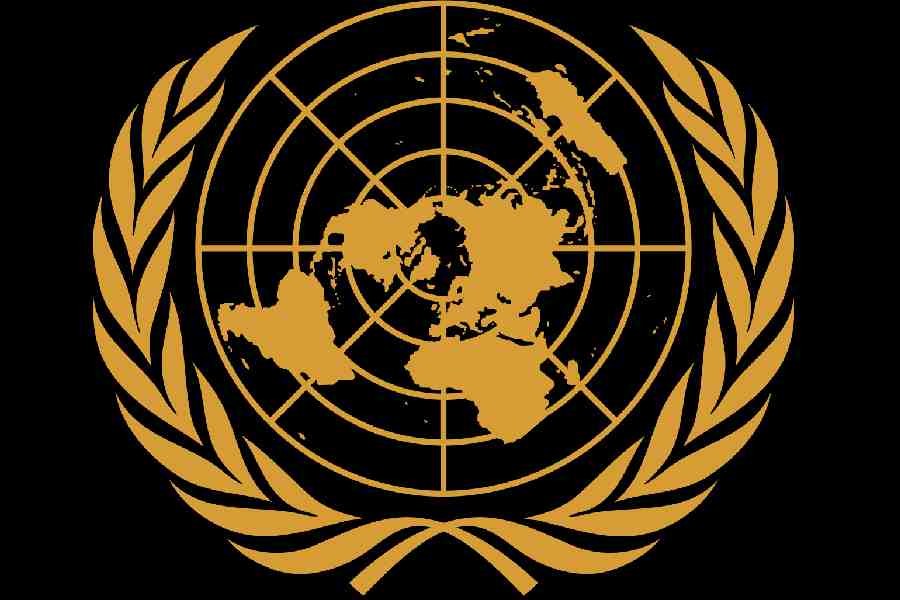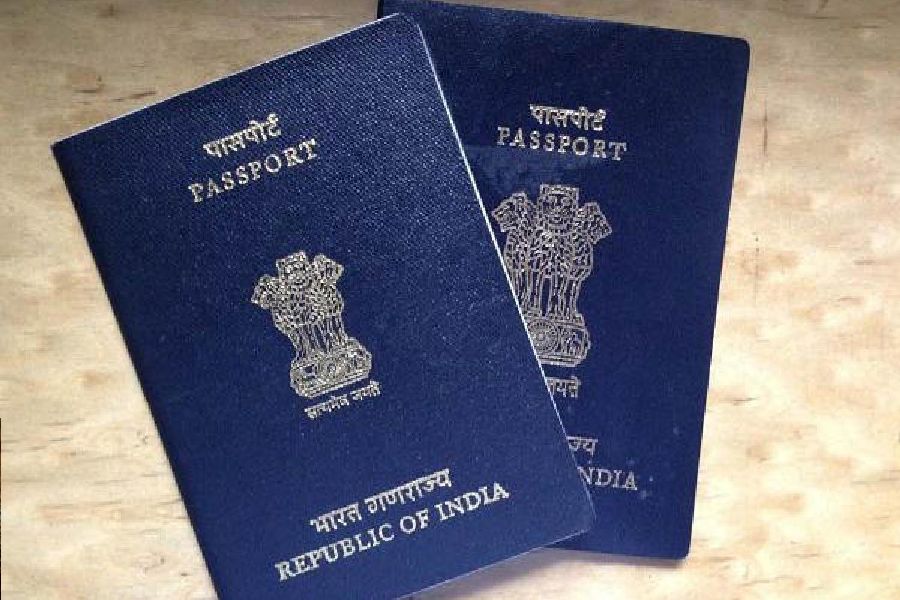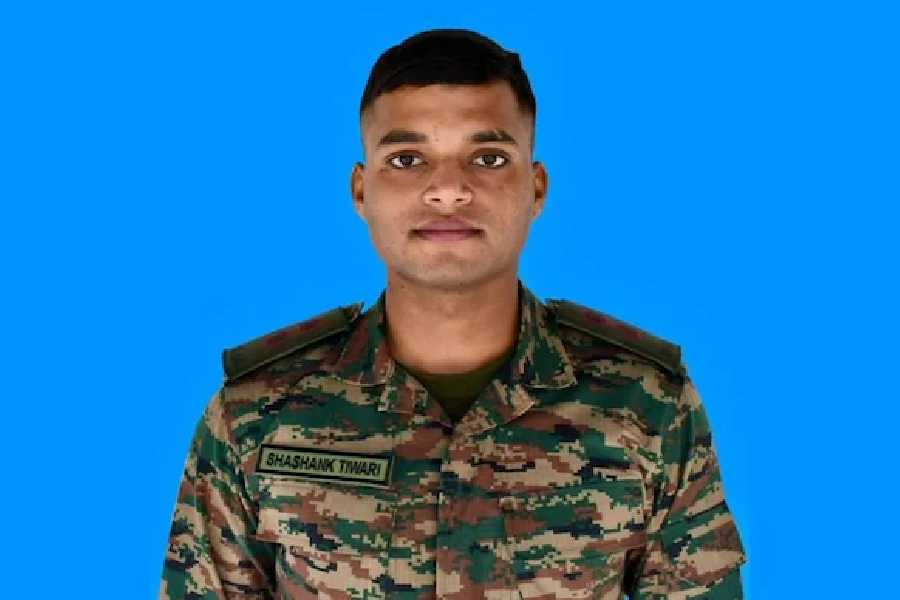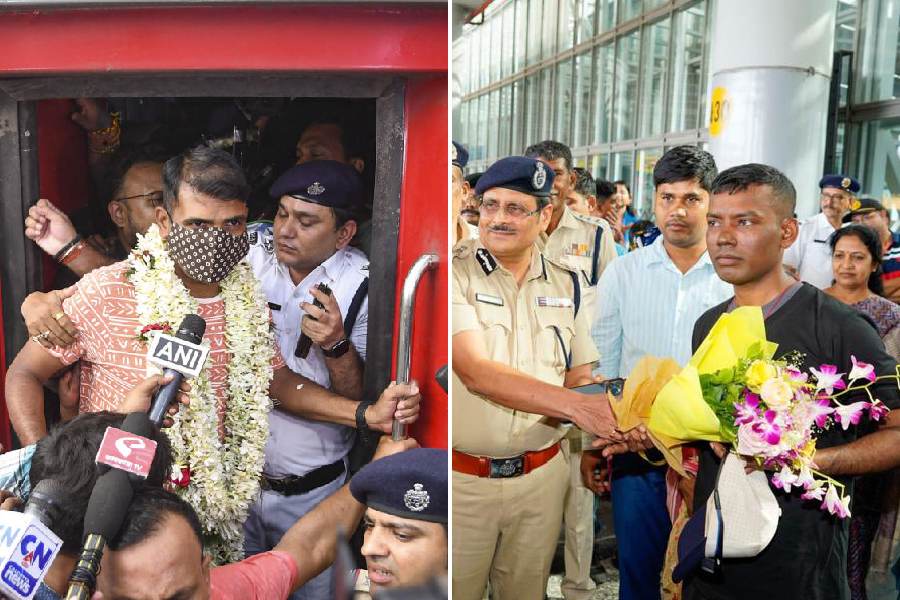 |
Patna, Nov. 18: The New Year might usher in some good news for AIDS patients who cannot afford advanced treatment. A second-line of antiretroviral therapy (ART) will be available at Rajendra Medical Research Institute (RMRI) here from the beginning of 2012.
The advanced treatment will be available at an ART plus centre to be opened at RMRI. Second-line therapy is a specialised form of treatment for AIDS patients that includes a minimum of three new drugs, with at least one from a new class, to increase the chances of a successful treatment.
Officials in Bihar State AIDS Control Society (BSACS) said about 18 personnel, including doctors and other support staff, are being trained by National AIDS Control Organisation (Naco) for the purpose.
“The drugs will be made available by Naco and the centre will be functional soon. We hope that the centre will help the needy before the beginning of 2012,” BSACS additional project director Dr B.N. Gupta told The Telegraph.
Thousands of patients suffering from AIDS in Bihar who require advanced treatment, have to go to Varanasi, Delhi and Mumbai to get treated, because none of the six government-run medical colleges in the state that have ART centres, offer a second-line ART.
BSACS statistics reveal that over 7,300 people are in the advanced stage of HIV infection and a large number of them need second and third-line of treatments.
Experts said ART is a combination of highly advanced drugs that fights HIV infection and increases life expectancy of the patients.
At the beginning of the treatment, the combination of drugs that a person is administered is called first-line therapy. If after a while HIV becomes resistant to this combination, or if a patient reports adverse side effects, then a change to second-line therapy is usually recommended.
In the absence of the second-line treatment, chances of survival are low. Doctors said drugs are started only after a patient’s CD-4 or immunity levels fall to such an extent that he/she requires life-saving drugs. “Hence, even though more than 35,000 people have been diagnosed with HIV infection not all of them need ART,” Gupta explained.
However, many patients stop responding to the drugs and need alternative or advanced therapy. “However, this second-line ART is still not available in government hospitals in the state and patients have to travel to other cities to get these life-saving drugs,” he said.











